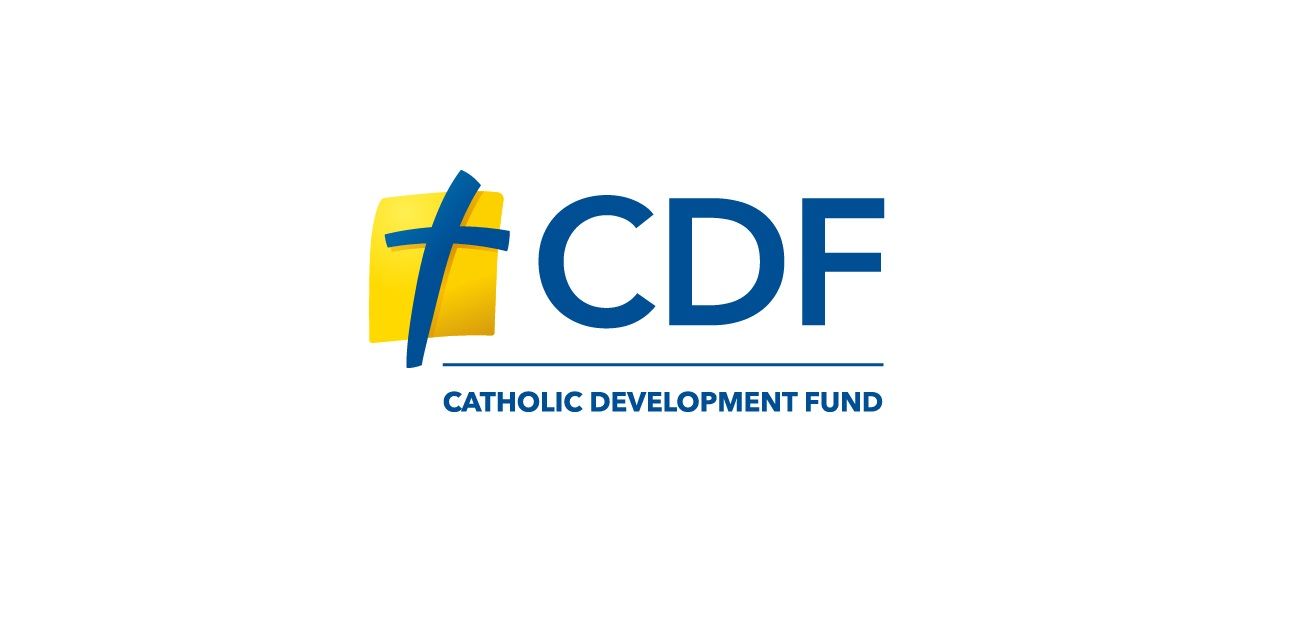In one of the most powerful and hard-hitting documents of his pontificate, Pope Francis has challenged humanity to address the “indubitable impact of climate change” on “our suffering planet” that he fears will devastate the lives of people around the world, and particularly the poorest.
From Laudato Si’ to Laudate Deum
Entitled Laudate Deum, which means “Praise God,” the pope’s new apostolic exhortation comes on the eight-year anniversary of his groundbreaking 2015 environmental encyclical, Laudato Si’: On Care for Our Common Home, which he fears has not had the impact initially intended.
“With the passage of time,” Francis laments, “I have realised that our responses have not been adequate, while the world in which we live is collapsing and may be nearing the breaking point.”
Key themes in Laudate Deum:
- A challenge for world leaders and all: Laudate Deum is addressed to “all people of good will,” in other words those of all faiths or even none. While insisting that everyone must contribute to solving the “climate crisis,” Pope Francis clearly hopes to make his message heard by world leaders at Climate Conferences (i.e. COP28) who have been questioned about their capability to create real change.
- Doubt is no longer possible: “It is no longer possible to doubt the human – ‘anthropic’ – origin of climate change,” Pope Francis states. “Let us finally admit that it is a human and social problem on any number of levels.” Change requires “involvement on the part of all,” moreover, “every family ought to realise that the future of their children is at stake.”
- An urgent appeal to act decisively: Pope Francis reminds us that “the most effective solutions will not come from individual efforts alone, but above all from major political decisions on the national and international level.” Climate change is “a global social issue and one intimately related to the dignity of human life,” he explains. “Attacks on nature have consequences for people’s lives,” he observes. Vulnerable people will feel their effects “in the areas of healthcare, sources of employment, access to resources, housing, forced migrations, etc.”
- It is not right to blame the poor: “The reality is that a low, richer percentage of the planet contaminates more than the poorest 50% of the total world population,” Pope Francis notes. “Per capita emissions of the richer countries are much greater than those of the poorer ones.”
Here he points again to the “technocratic paradigm” that underlies the current “environmental decay.” This, he explains, is a “way of understanding human life and activity [that] has gone awry, to the serious detriment of the world around us.”
- Towards a new perspective: A fresh approach is necessary in which we will see “the world that surrounds us is not an object of exploitation, unbridled use and unlimited ambition” nor even “a mere ‘setting’ in which we develop our lives and our projects.”
Instead, we must understand that “we are part of nature, included in it and thus in constant interaction with it.” And so, we need to look at the world not from without “but from within.”
He then continues to cite the example of Indigenous cultures which enable us to comprehend that “a healthy ecology is also the result of interaction between human beings and the environment.
- Confidence in human capacity: Pope Francis concludes on a promising note for all, “if we are confident in the capacity of human beings to transcend their petty interests and to think in bigger terms, reminded that as people of faith we each have a responsibility to care of our common home.
What is Laudate Deum asking of us?
For international politicians, the call from Laudate Deum is clear – efforts at global climate gatherings (COP28) must be channelled towards change and policy that creates a more sustainable future for all. This includes a move toward ceasing the extraction of fossil fuels and transitioning to an economy based on renewable energy.
The Pope also invites Catholics and those of other faiths to recall their “spiritual motivations” for addressing the climate crisis, asking all to “accompany this pilgrimage of reconciliation with the world that is our home” reminding us that this “commitment has to do with our personal dignity and highest values.”
Catholic organisations are also encouraged to engage with the Laudato Si’ action planning process in response to these calls to action.
For more information, visit the below resources:
To help CDF continue to meet strong loan demand from the Catholic community, you too can put your faith in action and save for a greater reward than money alone. Not only will you earn a competitive rate of interest, but your savings will assist Catholic organisations to continue the work the Gospel calls on them to do.
Share this article:
Related articles


CDPF Limited, a company established by the Australian Catholic Bishops Conference, has indemnified the Catholic Development Fund ABN 15 274 943 760 (the Fund) against any liability arising out of a claim by investors in the Fund. In practice, this means your investment is backed by the assets of the Catholic Archdiocese of Melbourne. The Fund is required by law to make the following disclosure. Investment in the Fund is only intended to attract investors whose primary purpose for making their investment is to support the charitable purposes of the Fund. Investors’ funds will be used to generate a return to the Fund that will be applied to further the charitable works of the Archdiocese of Melbourne and the Dioceses of Sale and Bunbury. The Fund is not prudentially supervised by the Australian Prudential Regulation Authority nor has it been examined or approved by the Australian Securities and Investments Commission (ASIC). An investor in the Fund will not receive the benefit of the financial claims scheme or the depositor protection provisions in the Banking Act 1959 (Cth). The investments that the Fund offers are not subject to the usual protections for investors under the Corporations Act (Cth) or regulation by ASIC. Investors may be unable to get some or all of their money back when the investor expects or at all and investments in the Fund are not comparable to investments with banks, finance companies or fund managers. The Fund’s identification statement may be viewed here or by contacting the Fund. The Fund does not hold an Australian Financial Services Licence.



